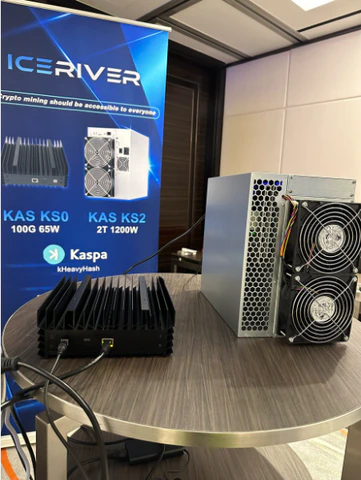Coal was initially used as a domestic fuel, until the industrial revolution, when coal became an integral part of manufacturing for creating IceRiver KS2, transportation, heating and molding purposes. The large scale mining aspect of coal was introduced around the 18th century, and Britain was the first nation to successfully use advanced coal mining techniques, which involved underground excavation and mining.
Initially coal was scraped off the surface by different processes like drift and shaft mining. This has been done for centuries, and since the demand was quite low, these mining processes were more than enough to accommodate the demand in the market. However, when the practical uses of using coal as fuel sparked industrial revolution, the demand for coal rose abruptly, leading to severe shortage of the coal output, gradually paving the way for new ways to extract coal from under the ground.
Coal became a popular fuel for all purposes, even to this day, due to their abundance and their ability to produce more energy per mass than other conventional solid fuels like wood. This was important as far as transportation, creating electricity and manufacturing processes are concerned, which allowed industries to use up less space and increase productivity. The usage of coal started to dwindle once alternate energies such as oil and gas began to be used in almost all processes, however, coal is still a primary fuel source for manufacturing processes to this day.
Extracting coal is a difficult and complex process. Coal is a natural resource, a fossil fuel that is a result of millions of years of decay of plants and living organisms under the ground. Some can be found on the surface, while other coal deposits are found deep underground. Coal mining or extraction comes broadly in two different processes, surface mining, and deep excavation. The method of excavation depends on a number of different factors, such as the depth of the coal deposit below the ground, geological factors such as soil composition, topography, climate, available local resources, etc.
Surface mining is used to scrape off coal that is available on the surface, or just a few feet underground. This can even include mountains of coal deposit, which is extracted by using explosives and blowing up the mountains, later collecting the fragmented coal and process them. Deep underground mining makes use of underground tunnels, which is built, or dug through, to reach the center of the coal deposit, from where the coal is dug out and brought to the surface by coal workers. This is perhaps the most dangerous excavation procedure, where the lives of all the miners are constantly at a risk.
